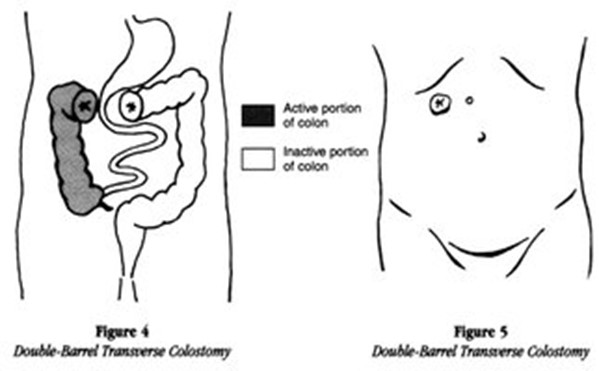The nurse is caring for a client with breast cancer. On evaluation of axillary findings, a potential sign of cancer spread is documented and brought to the physician's attention. Which finding is documented?
Fluid accumulation under the arm.
Drainage from the area.
Reddened area around the breast.
Enlargement of the arm or hand.
The Correct Answer is A
Fluid accumulation under the arm. The presence of fluid accumulation (edema) under the arm may indicate the spread of breast cancer to the lymph nodes. The physician should be notified, and further evaluation and treatment may be necessary.
Option B: Drainage from the area is not a correct answer as it may indicate a surgical site infection or an abscess, but not necessarily the spread of cancer.
Option C: Reddened area around the breast is not a correct answer as it may indicate a skin infection or inflammation, but not necessarily the spread of cancer.
Option D: Enlargement of the arm or hand is not a correct answer as it may indicate lymphedema, which is a swelling due to lymphatic system damage, but not necessarily the spread of cancer.
Nursing Test Bank
Naxlex Comprehensive Predictor Exams
Related Questions
Correct Answer is D
Explanation
sigmoid. A double-barrel colostomy involves surgically creating two separate stomas from the colon, with the proximal stoma discharging stool and the distal stoma discharging mucus. This type of colostomy is typically performed in the sigmoid colon, which is the S-shaped segment of the large intestine located just before the rectum.

Choice A, ascending, is not the correct answer because an ascending colostomy is created in the ascending colon, which is located on the right side of the abdomen.
Choice B, descending, is not the correct answer because a descending colostomy is created in the descending colon, which is located on the left side of the abdomen.
Choice C, transverse, is not the correct answer because a transverse colostomy is created in the transverse colon, which is located across the upper abdomen.
Correct Answer is D
Explanation
Schedule injection on a nondialysis day. Epoetin is a medication used to stimulate the production of red blood cells. It is important to administer the medication on the day that the client is not receiving dialysis to prevent the medication from being removed from the bloodstream during the dialysis process.
Administering epoetin immediately after dialysis, choice B may result in decreased effectiveness.
Administering with low-dose aspirin, choice A, is not a standard recommendation for the administration of epoetin.
Monitoring the complete blood count prior to the dose, choice C is not the most important consideration when administering epoetin.
Whether you are a student looking to ace your exams or a practicing nurse seeking to enhance your expertise , our nursing education contents will empower you with the confidence and competence to make a difference in the lives of patients and become a respected leader in the healthcare field.
Visit Naxlex, invest in your future and unlock endless possibilities with our unparalleled nursing education contents today
Report Wrong Answer on the Current Question
Do you disagree with the answer? If yes, what is your expected answer? Explain.
Kindly be descriptive with the issue you are facing.
